Petrol Engine: How does it work, and what are its advantages?
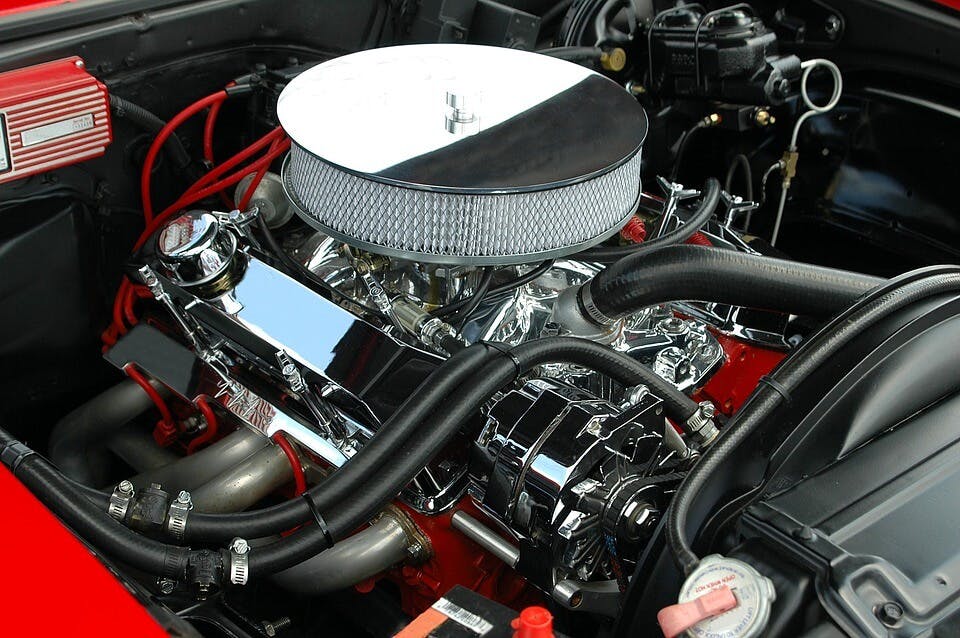
A petrol engine is a piston combustion engine that burns gasoline and converts thermal energy into mechanical work.
This article will shed light on the petrol engine and its function and advantages over the diesel engine.
Table des matières
How Does a Petrol Engine Work?
Thermal energy is obtained in the engine by converting fuel into heat through combustion. The engine ignites the mixture with an electric spark using a spark plug. When fuel is burned, the temperature and pressure in the engine increase.
The increased pressure of the working substance acts on the pistons of the engine, which convert this energy into mechanical work. The pistons perform a rectilinear reciprocating motion in the cylinders, thereby mediating the energy transfer between the combustion chamber and the moving mechanism associated with the pistons. In addition, the pistons ensure the exchange of the working substance in the cylinders.
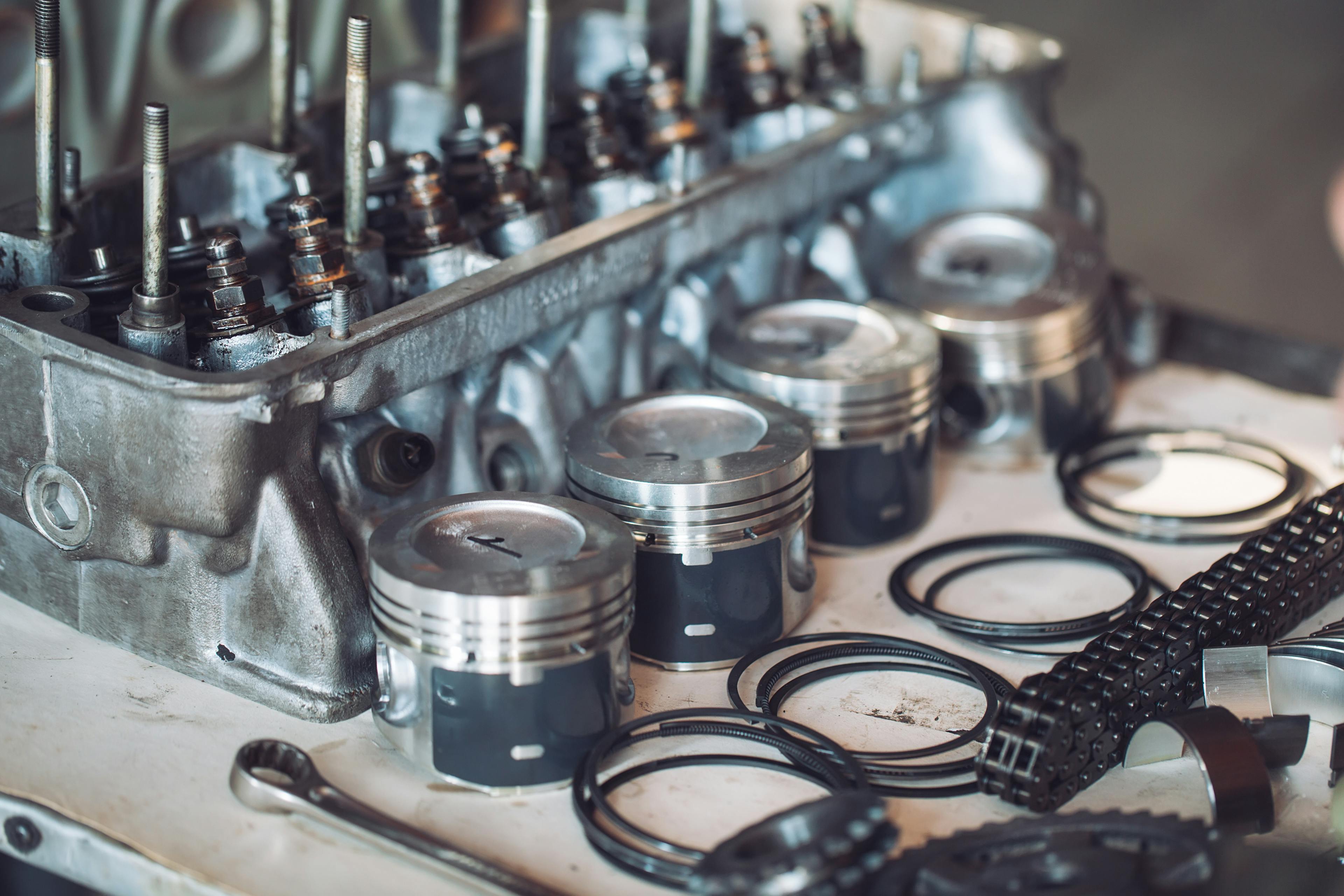
Engine Pistons: How do they work?
A petrol engine can work in two ways: two- or four-stroke. Since most modern cars are equipped with four-stroke engines, we will describe the function of the petrol engine with four cycles.
Four-stroke Petrol Engine Function
1. Intake
As the piston moves downwards, the space above the piston increases, and at the same time, the intake valves also open. This causes a drop in pressure above the piston (the pressure above the piston is lower than atmospheric pressure). This pressure difference will allow the engine to suck the necessary air into the cylinders through the intake pipe.
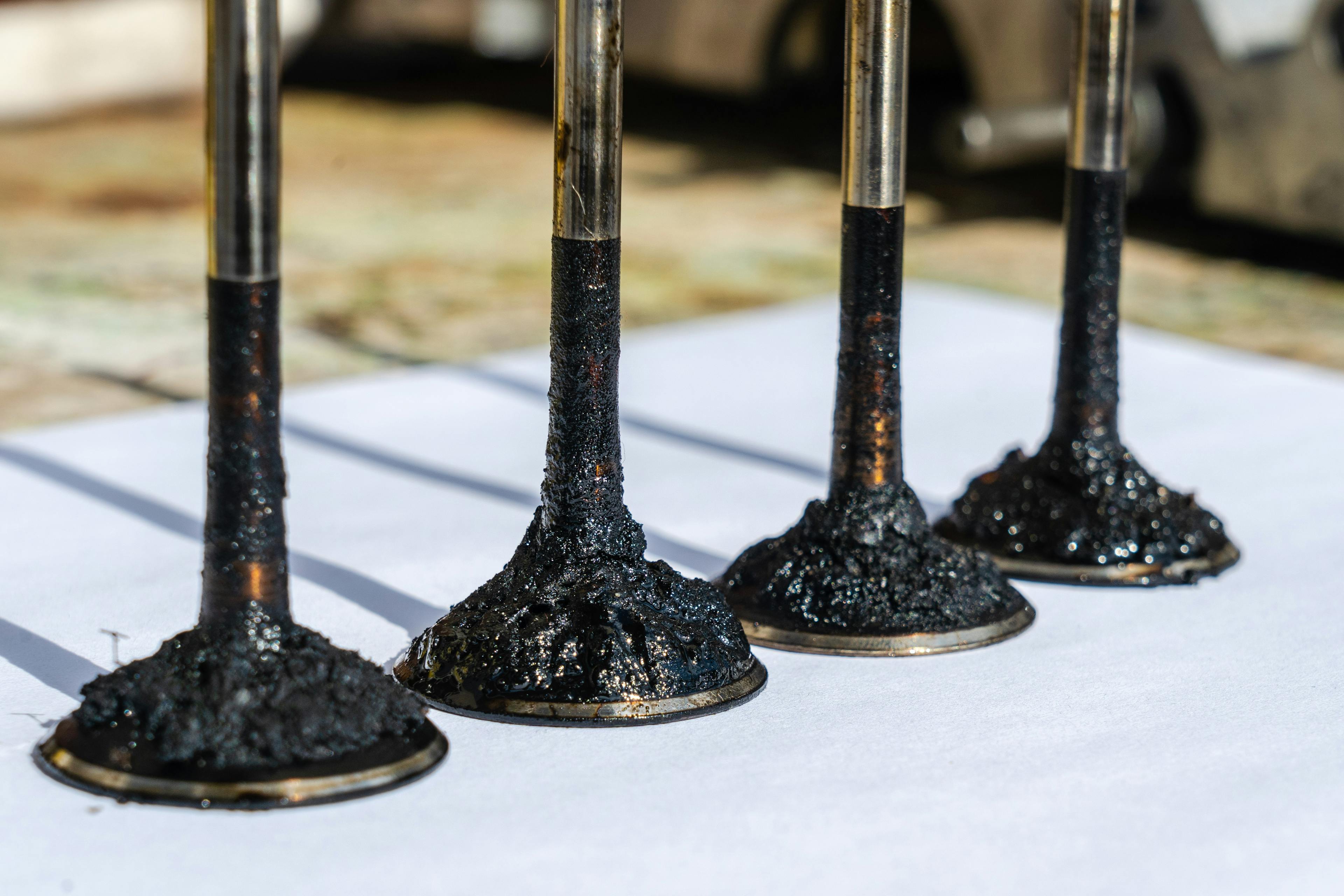
Engine valve: What is its function?
However, in addition to air itself, fuel also enters the cylinders. Air and fuel together form an ignitable mixture. The ignition mixture is formed in the intake channels, intake manifold, or cylinder, depending on the fuel injection technology.
2. Compression
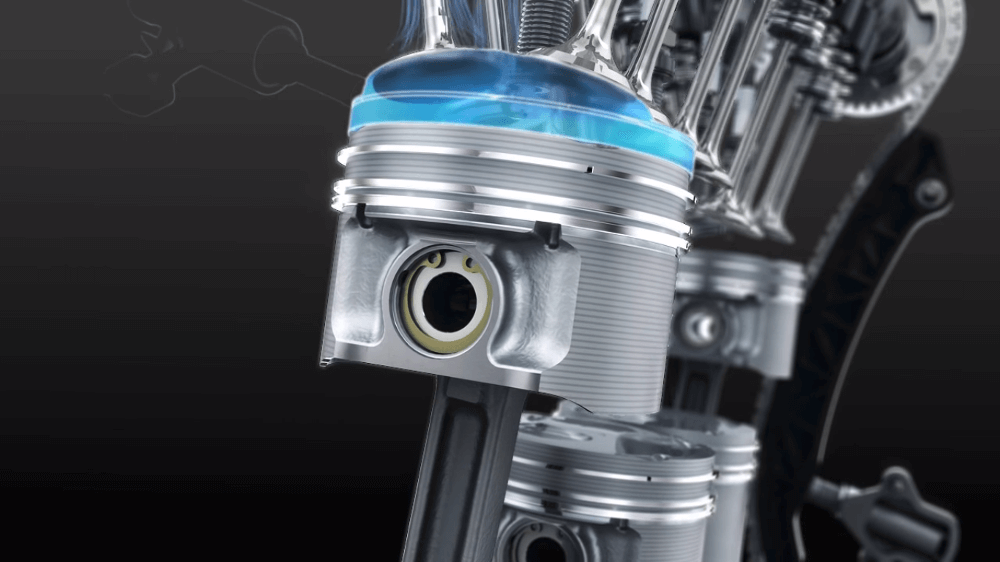
After the piston reaches its bottom dead center and the intake phase ends, it moves upwards. The piston compresses the mixture with its upward movement, which heats up as a result, and because it cannot expand, the pressure also rises.
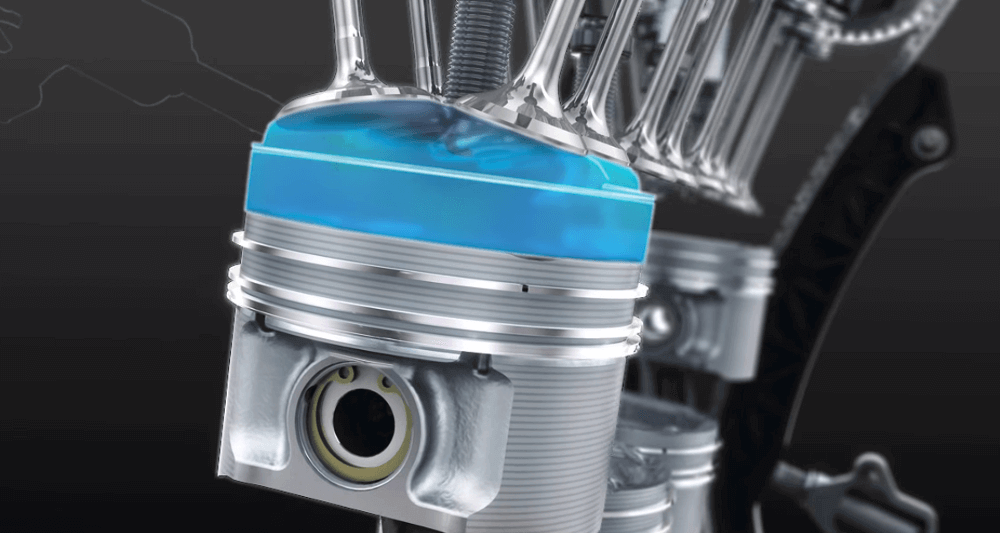
Compression Ratio: What effect does it have on the engine?
The high temperature and pressure promote the vaporization of the fuel and its mixing with air, making the mixture more explosive. However, the mixture must not be compressed too much during compression to avoid reaching the self-ignition temperature of the fuel, the negative phenomenon called engine detonation or engine knocking. During compression, the intake and exhaust valves are closed.
3. Expansion
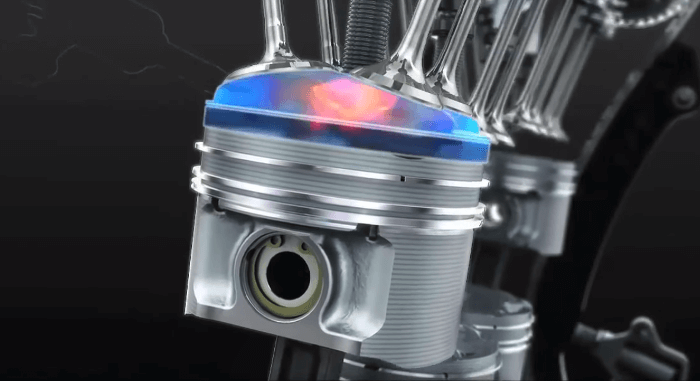
During this phase, the combustion process begins. A spark jumps on the spark plug and ignites the compressed mixture. After ignition, the mixture begins to expand, which pushes the piston and moves it downwards to its bottom dead center, thereby converting thermal energy into mechanical work.
4. Exhaust
During this phase, the exhaust valves open to allow the exhaust gas to exit the cylinder. At the end of the expansion, the pressure in the cylinder is higher than the atmospheric pressure, due to which the exhaust gases are forced out of the cylinder.
The piston pushes out the remaining exhaust gases as it moves toward its top dead center. However, to improve cylinder emptying, the exhaust valves close only after the piston reaches its top dead center and the intake valves are already open.
Fuel Mixture Preparation
As mentioned, the fuel mixture is formed in the intake channels, the intake manifold, or directly in the cylinder, depending on the fuel injection technology. The carburetor or the injection device, whether direct or indirect, is used to prepare the fuel mixture.
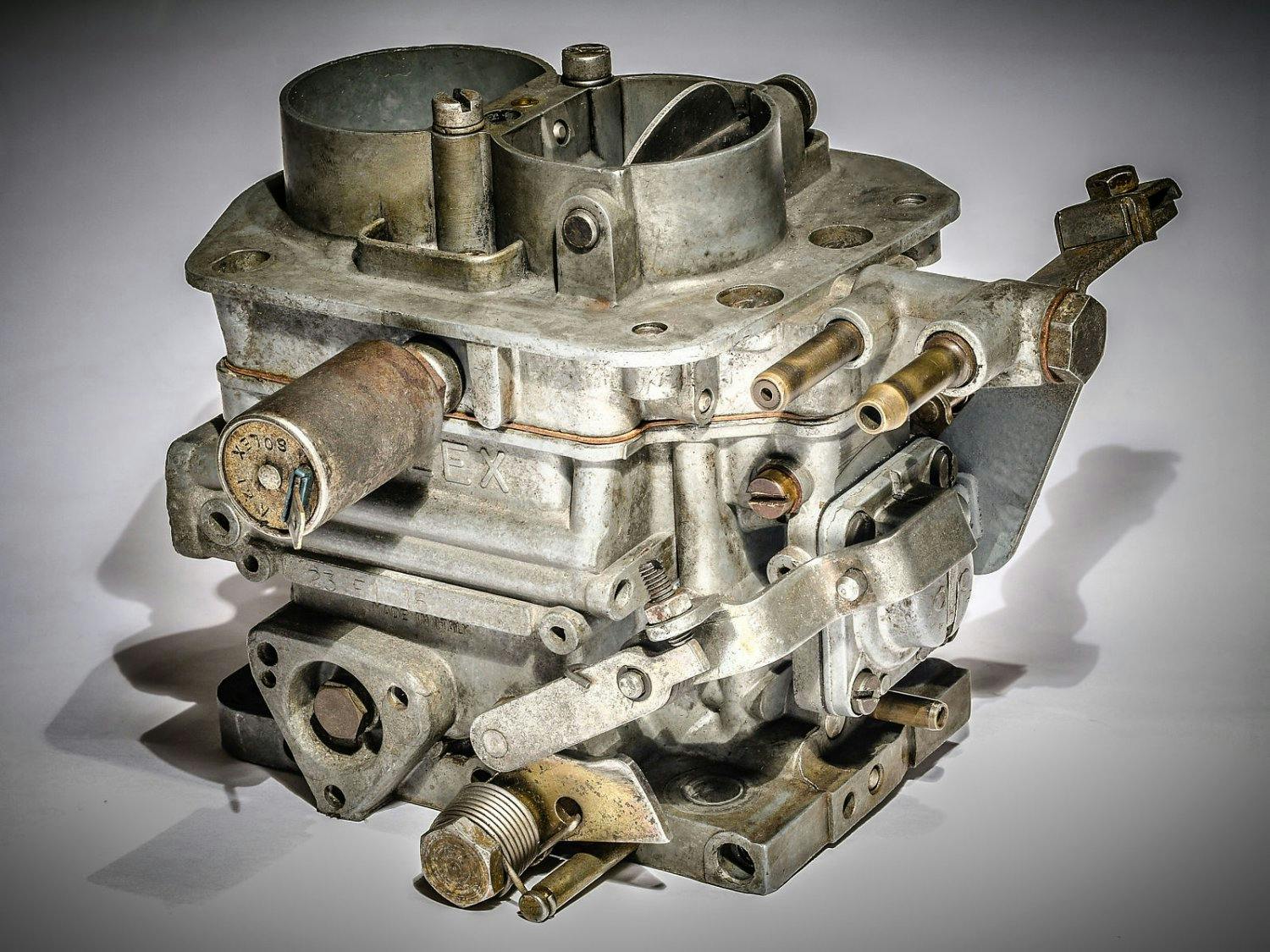
Carburetor: How does this device work?
The amount of the mixture in petrol engines is most often regulated by the throttle valve located in the intake manifold.
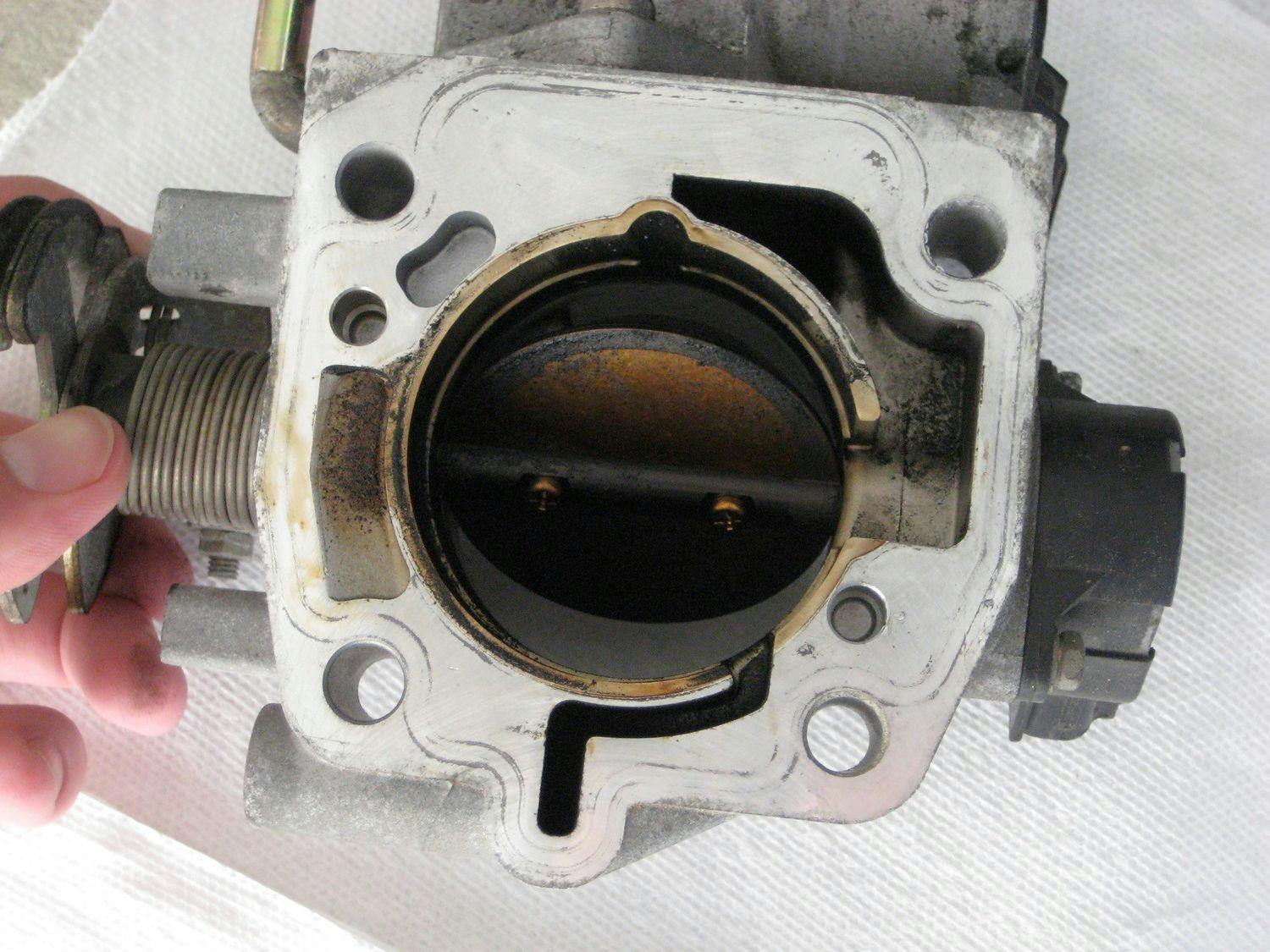
Throttle valve: How it works and its possible malfunctions
In recent years, however, the throttle valve has been replaced by various variable valve timing and similar systems that have taken over its function.
Petrol Engine Advantages
A petrol engine has a simpler construction than a diesel engine, making the production less expensive. Hence, cars equipped with a petrol engine are usually cheaper than cars equipped with a diesel engine.
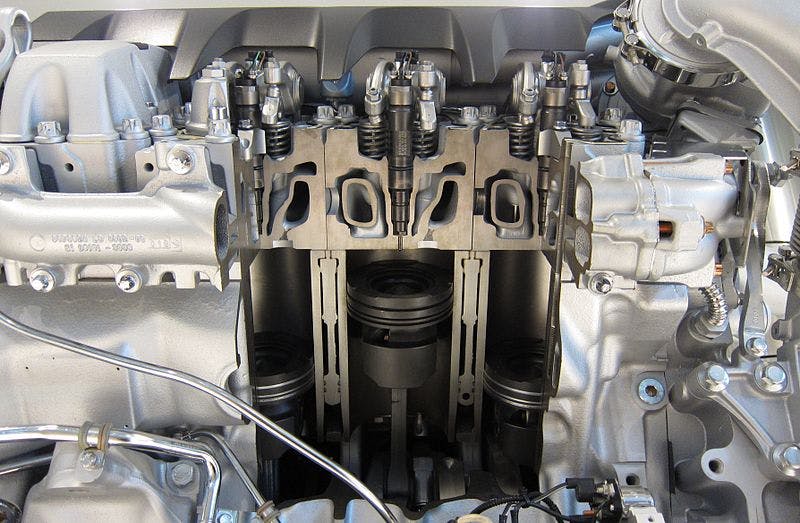
Diesel Engine: How does it work, and what are its advantages?
In addition, the petrol engine is significantly more powerful than the diesel engine if we assume they use the same technology. These engines are also more suitable for short drives and the winter season. This is mainly because they reach operating temperature much faster than a diesel engine.